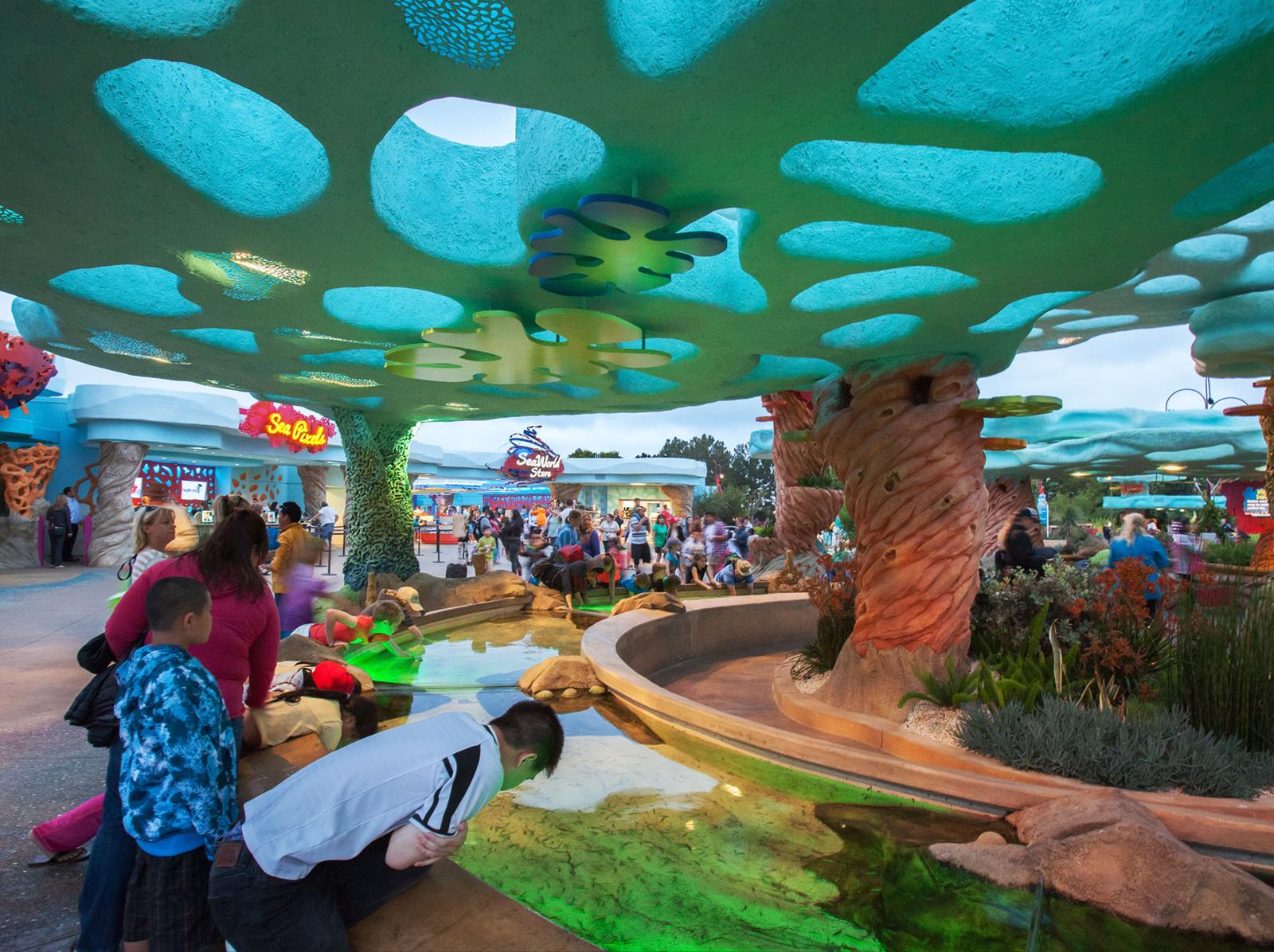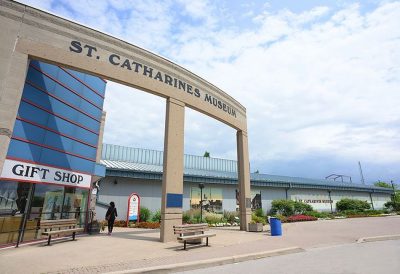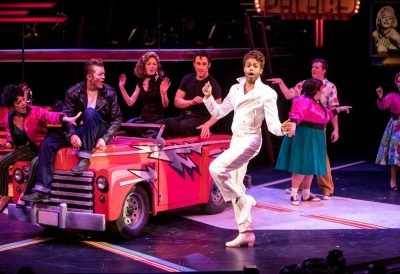Students are able to explore everything from animal conservation to the highest technology of ships because of what San Diego has to offer. This city lies on the coast of California, which makes studies like marine biology and oceanography easily accessible for fieldwork and labwork. San Diego is a top trip to take STEM students to.
Museums and Zoos
With the latest technology, there are live cameras in polar bear, penguin and baboon exhibits. The San Diego Zoo has been voted number one in the world and is a must-see trip for students. Try out the Animals in Action Experience for an up-close view of exotic cats jumping and climbing, feeding flamingos and more. Students have the opportunity to touch and even help train some animals. They will also learn how the zoo is helping to save species around the world. For students who have an interest in wildlife conservation, education or public speaking, Zoo Corps is the perfect program for them. Teens (ages 13-17)will set up discovery stations and use artifacts, biofacts, and interactive games to teach zoo guests about topics like animal care, local San Diego habitats and saving species.
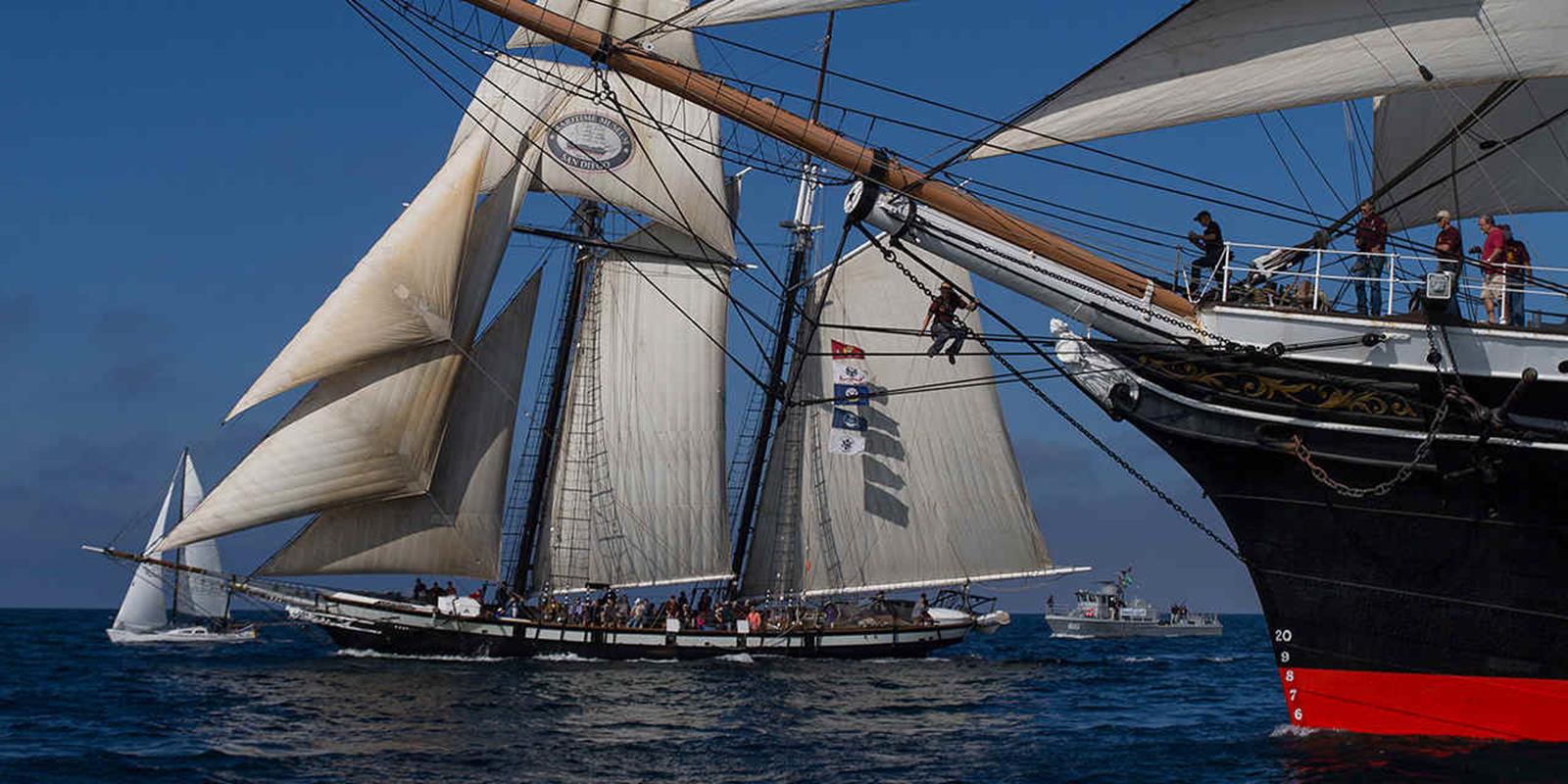
Credit: Maritime Museum of San Diego
The Maritime Museum of San Diego is an entertaining and interactive way to learn about ship navigation. Exhibits include “Charting the Sea,” “Age of Sail,” “Harvesting the Ocean” and seven more. Visual and hands-on displays in “Age of Sail” will show students how ships are sailed and why the ship Star of India is the highest technology. The museum features a collection of historical vessels including sail ships, steam-powered boats and steamboats, which are great for students who want to learn about water navigation. Students can board and explore all ships and board a yacht to go whale watching on the beautiful coastline of San Diego. See before your own eyes whales jumping out of the crystal blue water and how they interact with one another.
The incredibly thrilling SeaWorld, which showcases marine mammal parks, oceanariums and animal theme parks, is the perfect place for a class trip. For any future marine biologists or wildlife conservationists, the Sea Rescue presentation is a must. Sea Rescue tells stories of marine animal rescue, rehabilitation and return to the wild. SeaWorld has rescued over 31,000 whales, dolphins, sea lions, penguins, sea turtles and birds. If students want to see how dolphin trainers interact with dolphins, make a reservation to see a dolphin show where they will jump, flip and smile for you.
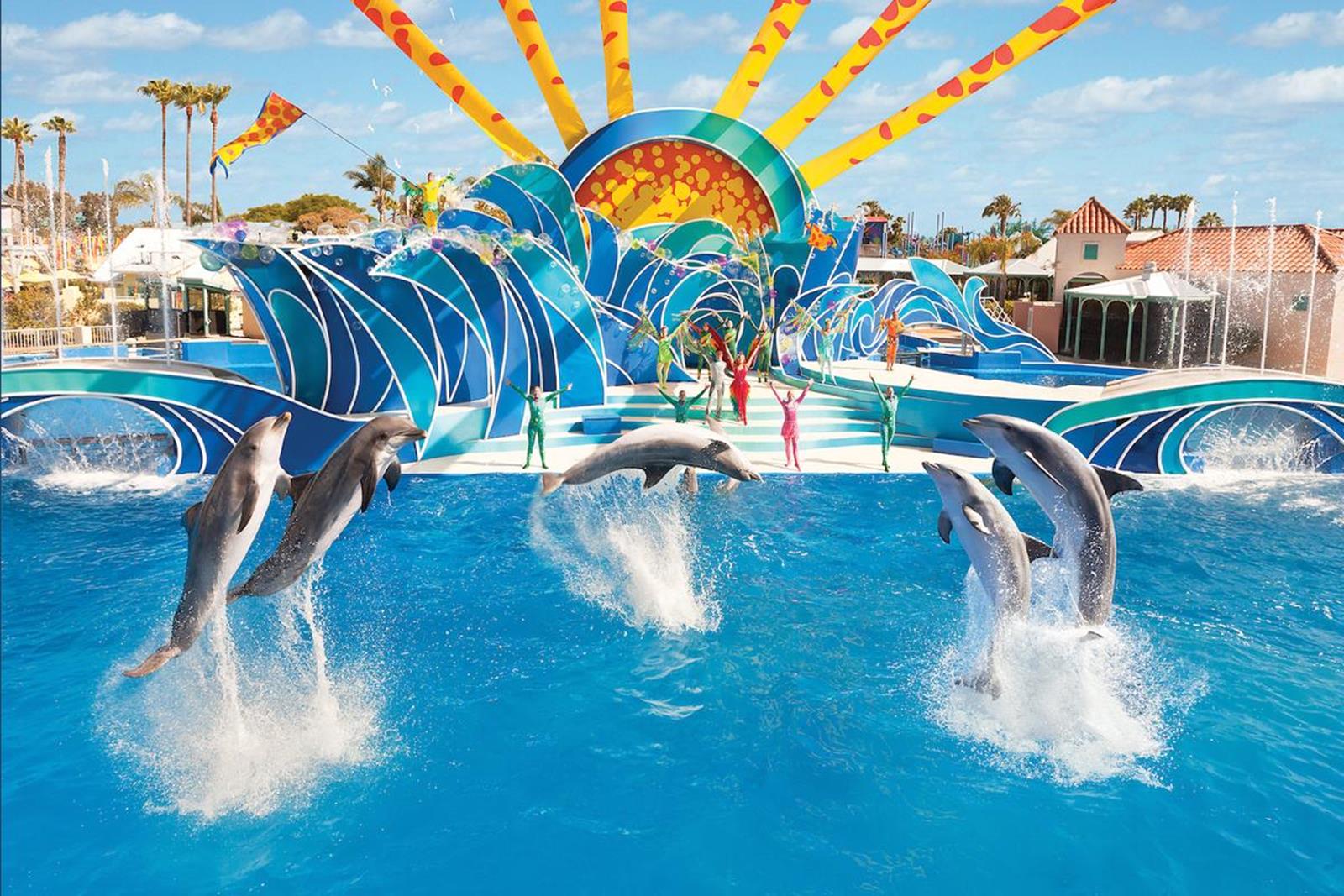
Credit: SeaWorld
Universities and Academia
The University of San Diego offers a large variety of STEM programs ranging from biochemistry to environmental and ocean studies to physics and much more. On the beautiful campus tour filled with palm trees and sun, students will visit the Hahn School of Nursing and Health Science, Loma Hall (school of engineering), Serra Hall (which houses computer labs and academic departments such as mathematics, computer science and anthropology) and the Shiley Center for Science and Technology. This University offers a great program for marine biologists. The Department of Environmental and Ocean Sciences offers majors including environmental science, environmental studies, and marine ecology.
Because San Diego is right on the coast, oceanography is a big career. Scripps Institution of Oceanography offers free historical tours for prospective students. There is an option for specific tours related to research which can be scheduled through Scripps Community Outreach for Public Education (SCOPE). Another special opportunity is offered by the Birch Aquarium at Scripps: a full moon pier walk. Perfect for future astronomers, explore Scripps Pier lit by a full moon.
Industry and Technology
The ultimate STEM field trip can happen right in your school with Biocom Institute. Biocom creates STEM education programs for K-12 students. A special program they offer is called STEM In Your Backyard (SIYB). Teachers can contact sdelpiccolo@biocom.org and set up a time and day for when the Biocom team can set up STEM activities in their school. Similar to street fair style, local companies, non-profits and community organizations will set up hands-on STEM activities based on age. This STEM exposure inspires students to stay involved in STEM and hopefully inspires them for a future career.
For visiting groups, students will go on an industry tour. They will learn about the structure, product, daily activities and workflow of an organization directly from employees onsite. Students will walk through industry facilities and will expand their awareness of careers and work environments, make connections and observe how employees apply job-specific skills. This tour will include hands-on activities.
Nature/Outdoor Activities
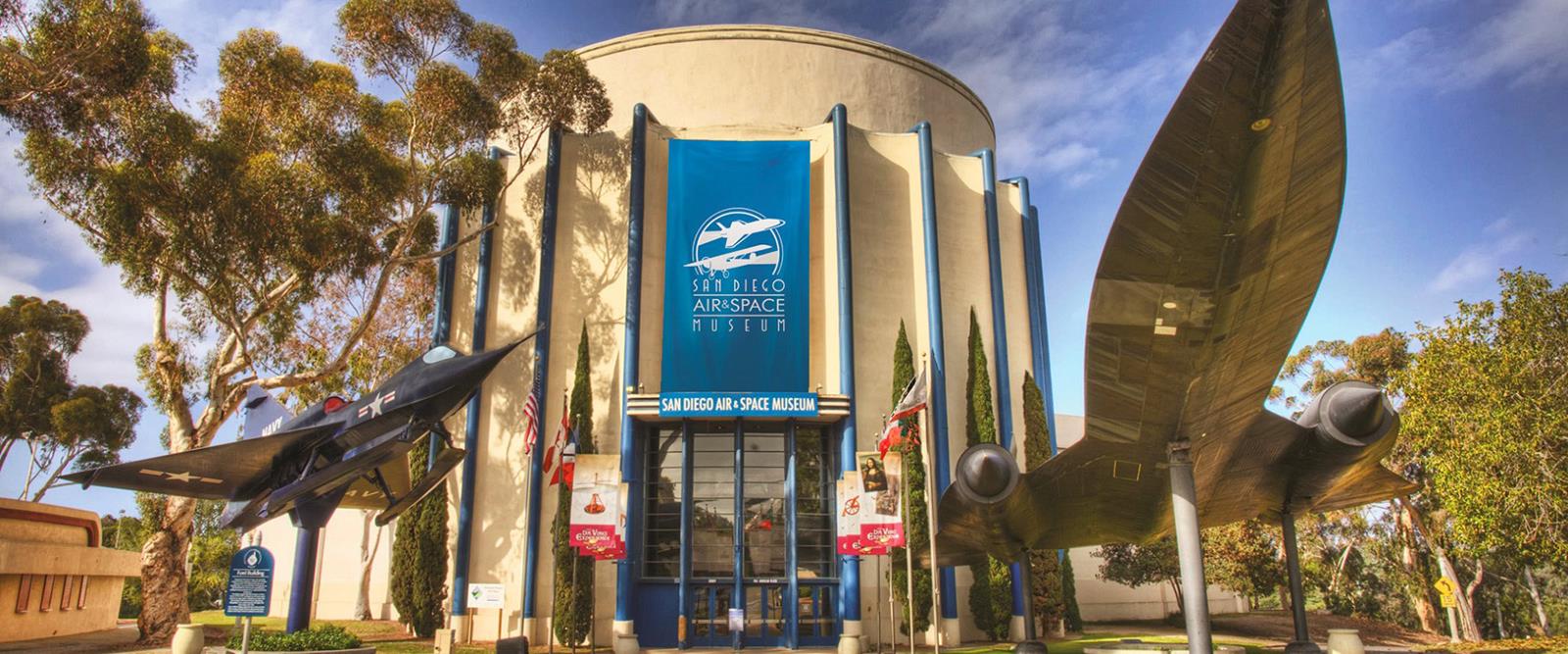
Credit: San Diego Air and Space Museum
From the history of flight to trains to automobiles, Balboa Park is the next stop for a STEM experience. Balboa Park offers summer, spring and winter camps. There are half-day camps and full-day camps. The San Diego Air and Space Museum half-day camp for high schoolers allows students to build rockets, design their own flying cars, create rovers and fly aircraft simulators. This is perfect for future aviators or astronauts. The Fleet Science Center, also a half-day camp, includes hands-on topics like forensics, physics, robotics, DNA, chemistry and space for middle schoolers. The full-day camp offered for middle and high schoolers is a trip to the San Diego Zoo, which will include close-up encounters, behind-the-scenes experience and more. There are 19 gardens students can look around in on a one-day field trip, which is free.
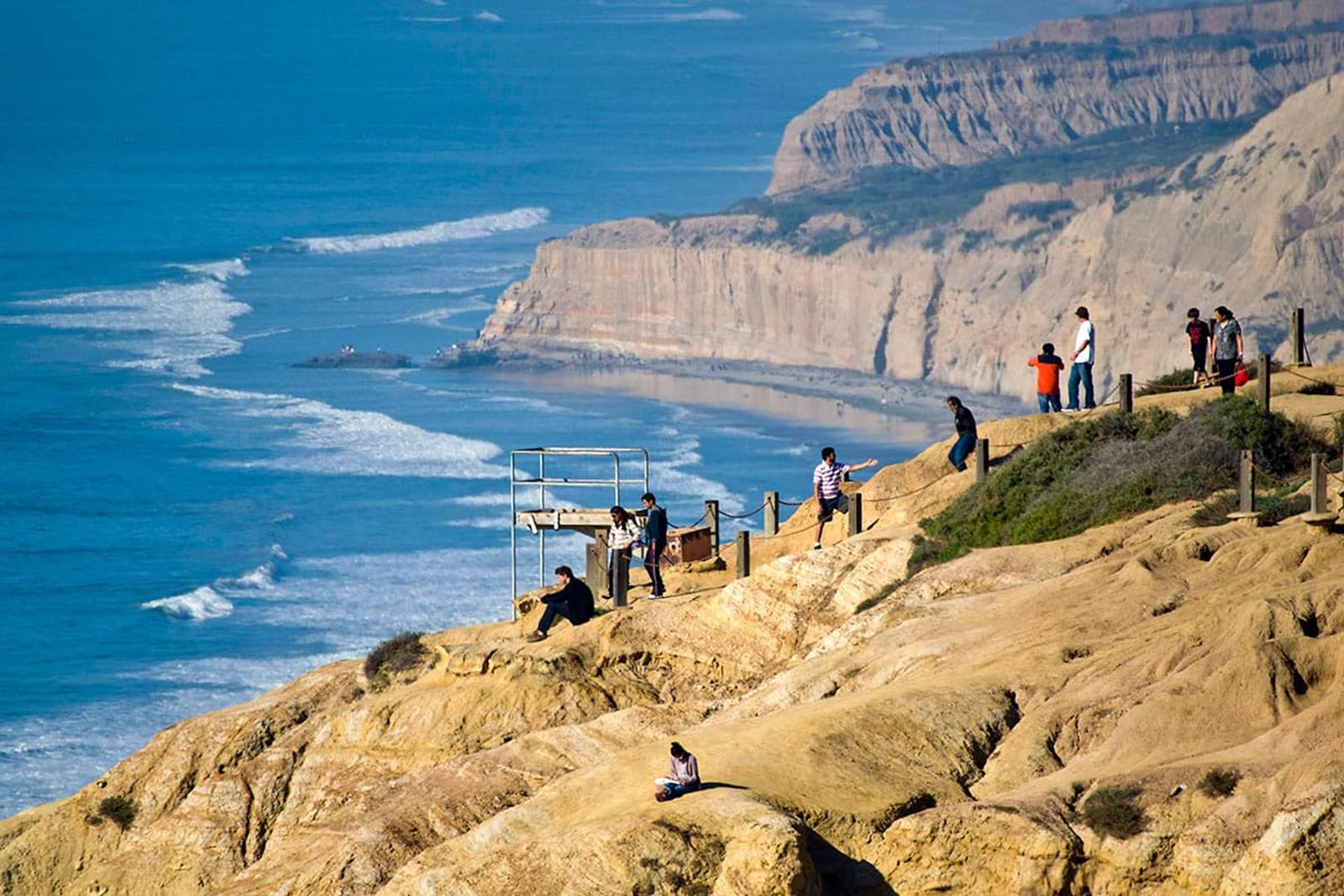
Credit: Torry Pines State Natural Reserve
Take a trip to Torry Pines State Natural Reserve and go on a self-guided program with your middle and high schoolers. This program includes topics from a general introduction to the reserve and the Torry pine to geology and habitats. Groups will split up into 12 or fewer for the 30-minute hike and 30-minute tour of the museum. The museum offers exhibits on natural and cultural history guided by knowledgeable docents who can answer any questions students have about the trails. This is perfect for future geologists.

